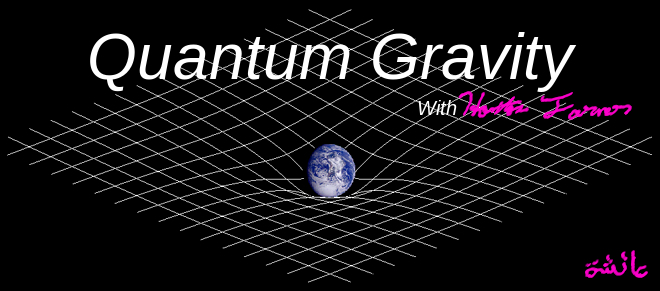From the perspective of one theoretical particle physicist Planck found far from "nothing". The ESA's Planck probe largely corroborates the findings of NASA's WMAP probe, but it leaves theoretical astrophysics unsettled. After reading my fellow blogger Dr. Tommaso Dorigo's coverage of the Planck announcement I was unsure how to react. We can only conclude that the Planck mission has largely confirmed WMAP's results. Just this kind of confirmation is a basic step in the scientific method. Therefore, far from being “nothing”, the European Space Agency has done the masterful work of confirming and improving on NASA's results.
These results do leave certain theoretical issues unsettled.
Yesterday's announced finding that the power spectrum of the cosmic microwave background ( CMB) is nearly perfectly Gaussian, to within one standard deviation of the mean value found by Planck, is good for astronomers and astrophysicist. If you work on cosmology, astronomy, astrophysics, and are only concerned with the large scale structure of the universe a relatively simple model of inflation will suffice. This is known as single scalar field slow-roll inflation. (It is discussed at length in section 2.7 of this book.) This is the most mathematically simple model and to the precision measured by Planck it fits just fine. That does not mean other models have been eliminated.
This finding does not settle the matter for theoretical physicist however. Theories always include some number of adjustable parameters. Often models like vector inflation, and F(R) gravity, or VSL cosmology, or brane world cosmology can simply be adjusted. Yesterday's result means that to the precision we have been able to measure the simplest model, single scalar field slow-roll inflation is sufficient for cosmology, and astrophysics.
In fact every theory of alternative cosmology or extension of the standard model that I am aware of could be adjusted to fit this data. Theories such as VSL cosmology have been shown to predict the exact same things as single scalar field slow roll, yet they are conceptually tricky. If there is a compelling reason to use them, it won't come from the CMB ( See Avelino 2002). Models such as F(R) gravity are general enough that they can adjust to this, and any future non-guassianity that will almost certainly be found in future experiments (Lombriser 2012). My own formulation of which takes the F(R) approach and parameterizes the scalar and vector fields of certain models of inflation by the Ricci curvature R will fit this data as well as any other F(R) model. My formulation may even explain why we see the amount of dark matter in the Planck CMB that we do, which was not obvious from other measures. The only theories which will have trouble with this are the simplest alternatives to General Relativity. Theories such as TeVeS, in which dark matter is replaced by simple, classical, tensor vector and scalar fields have taken a blow.
When one considers quantum theory these results are troubling. When one considers particle physics and our assumption for the last century that the universe is fundamentally quantum mechanical. Seeing such a high degree of Gaussianity in the CMB power spectrum shows that a classical theory (General Relativity, plus dark matter-energy, plus inflation) is valid right down to the time of cosmic inflation. When inflation started the universe was such that it would have been dominated by quantum effects, or so we have assumed. Whatever started inflation was likely a quantum process, yet the results from Planck show no clear signs of this.
Quantum gravitational theories are not
effected by this result. However, this result strongly suggest that
one could simply quantize General Relativity, and obtain a sensible
theory, by imposing a “ultraviolet cutoff” at the Planck energy ().
(Named after the same person as the probe.) The problem of quantum
gravity has been finding a way to avoid infinities. One approach,
pursued in different forms, has been to impose a minimum length
scale (
). Which corresponds to the Planck energy. Or the theories are
formulated to give a minimum area, on the other of Planck length
squared. The most popular approach super symmetric string theory and
M theory, propose strings of a length comparable to the Planck
length, yet shorter wavelengths can exist within a string. Perhaps a
closer look at the quantum fluctuations in the CMB will provide
insight to which of these approaches is correct.
In Summary, Planck has confirmed WMAP, and revealed that we can use the simplest classical models of cosmology to a high degree of precision. No alternatives or even very standard quantum mechanics are required to understand the cosmology of the universe from inflation to now. Yet there remains the mysteries of just what started inflation, and what model explains cosmology, astroparticle physics and gravity in the simplest way.
At least that's my humble opinion.



Comments